Beyond bees
Celebrating our alternative pollinators
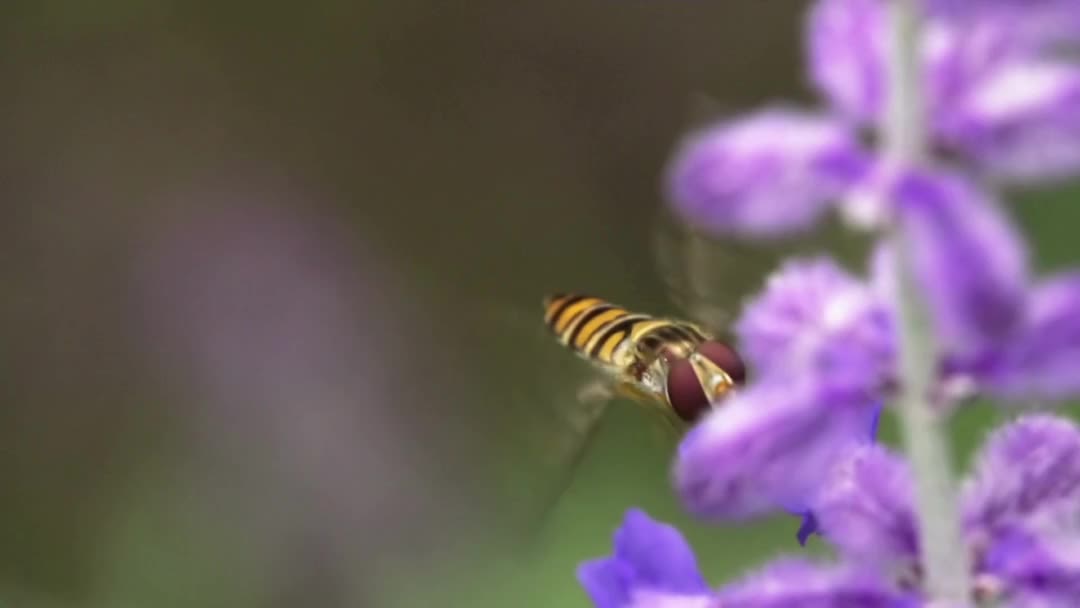
When we think of pollinators, bees are usually the first things that buzz to mind.
While the famous honey bee certainly plays a vital role in our agricultural and environmental ecosystems, the University of New England's Rader Community Ecology Lab is shining the spotlight on some of our other important pollinators.
PhD student Jelena Preradovic is just one of UNE's research students who is doing this through her work into the role of non-bee pollinators, such as flies and ants, in berry crop production.
Below, we ask Jelena why these insects are the bees knees when it comes to crop pollination, and why she was drawn to this unique field of research.
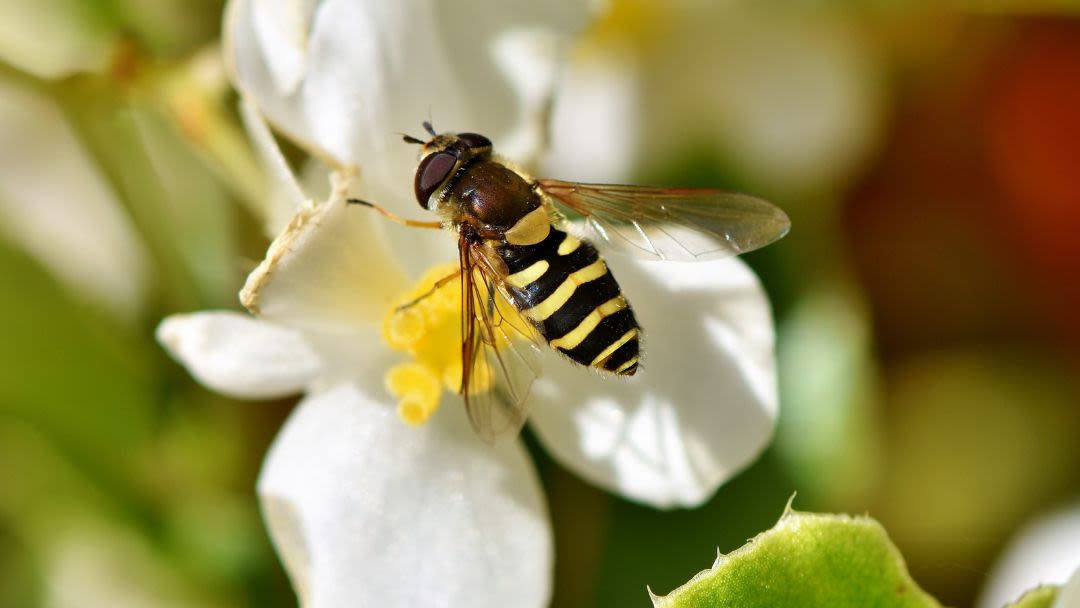
What role do flies play in crop pollination?
Flies are significant pollinators, and are the second most abundant flower-visitors. As demand for food production grows, so too will their role as pollinators.
Some studies, particularly on hoverfly Eristalis tenax (Diptera: Syrphidae), show that this fly species is a common and effective flower-visitor of many crops.
In some countries, such as New Zealand, adults of syrphid flies Eristalis tenax are currently used as alternative pollinators of seed carrot, and for crops in other enclosed environments, such as in natural or greenhouse environments.
Furthermore, to date E. tenax has been identified as an effective pollinator on hybrid carrot stock seed and hybrid brassica stock seed production in Tasmania and some parts of Australia.
Because of the success of these trials, the process of rearing and managing this pollinator for commercial pollination services in Australia is in progress.
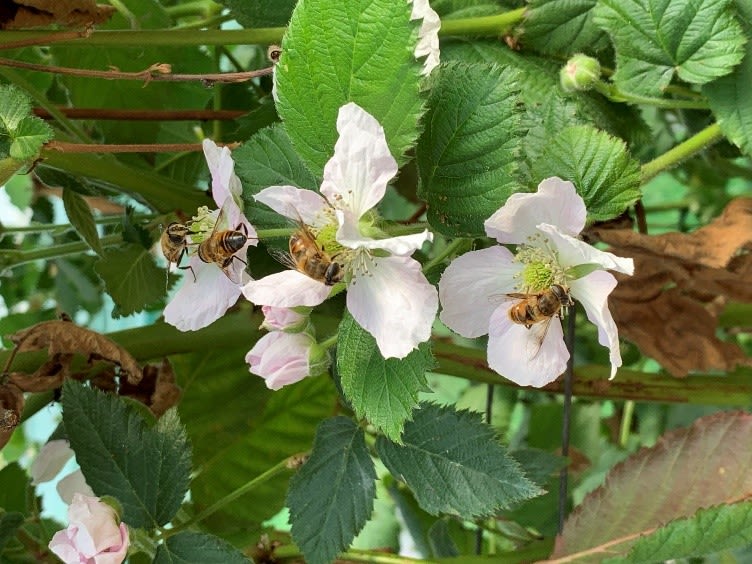
Hoverflies Eristalis tenax (Diptera: Syrphidae) on blackberry flowers
Hoverflies have been found to be effective alternative pollinators of commercial crops such as seed carrot, brassica stock seed, and berries.

What makes flies the perfect pollinators?
Well, there are a few reasons why flies, especially hoverfly Eristalis tenax (Diptera: Syrphidae), are used to pollinate commercial crops.
One of the reasons is that E. tenax is a common flower-visitor of some commercial crops.
The second reason is that this fly is equally efficient as the honeybee in some crops.
Moreover, it is easy to rear larvae of this fly under laboratory conditions, and females have high fecundity, so they possess the ability to rear several generations per year.
Also, one of the extremely important characteristics of this fly is its flexibility on land transformation.
Where did you interest in this area of research come from?
I have always been interested in insects and ecology, thus it was natural to combine those two things and study pollination.
Also, exploring alternative pollinators is more exciting and challenging because they are not as well-managed as honeybees.
Because of this, there a space for learning and improving.
Aside from that, I come from the northern part of Serbia in Europe, which is well-known for its fertile soil and agricultural roots.
Tell us about your PhD research project?
My research is focused on flower-visitors, such as flies, native bees, and ants in berry farms, located near Coffs Harbour, NSW.
During my research, I will evaluate the diversity of flower-visitors in raspberry farms, with a focus on non-bee pollinators and their interactions with other bee flower-visitors.
The idea is also to examine if the landscapes surrounding berry polytunnels affect pollinators abundance and diversity.
I am also investigating if alternative flies reared in controlled conditions and released in blackberry polytunnels will pollinate flowers.
If so, they could be a solution for a new pollination management system less reliant on honeybees.
Related to this, I will evaluate if additional substrate near polytunnels will help to retain flies and provide the resources for their reproduction, which is important for establishing more resilient pollination services and pollination management in the future.
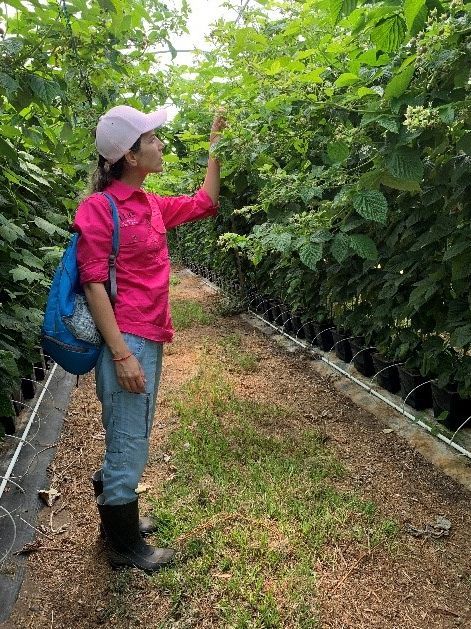
Jelena at a raspberry farm during field work.
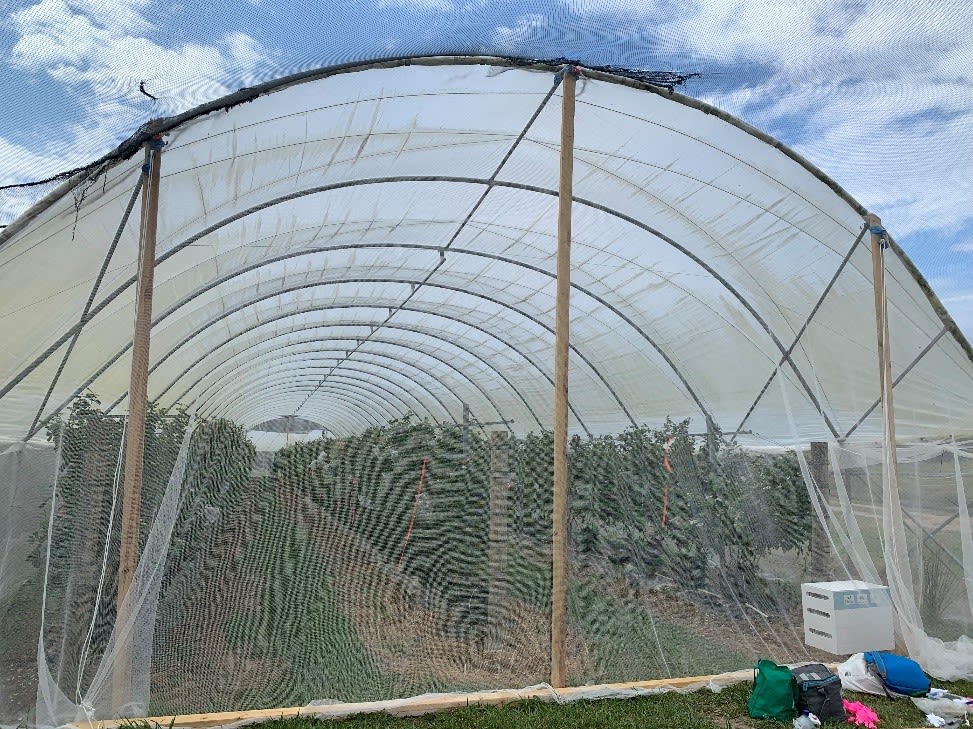
Enclosed blackberry tunnel containing hoverflies.
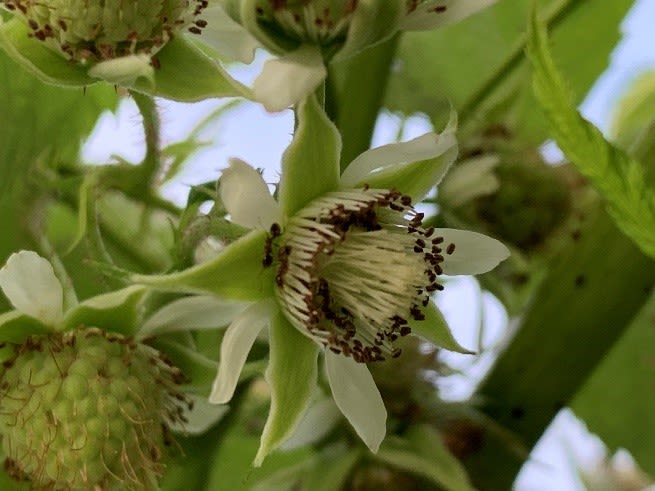
Ants on a raspberry flower
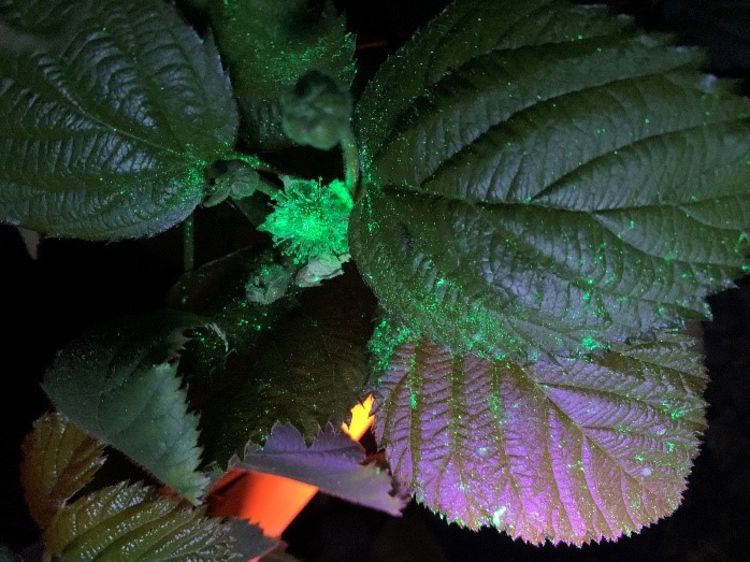
A photo of pollen on a blackberry plant in fluorescent light during night-time field work.

What is your message to people this
Australian Pollinator Week?
This Australian Pollinator Week, I want to emphasise to people how important it is to use less pesticides, especially in Australia where the ecosystems are so unique.
Find out more about the UNE Rader Community Ecology Lab here
